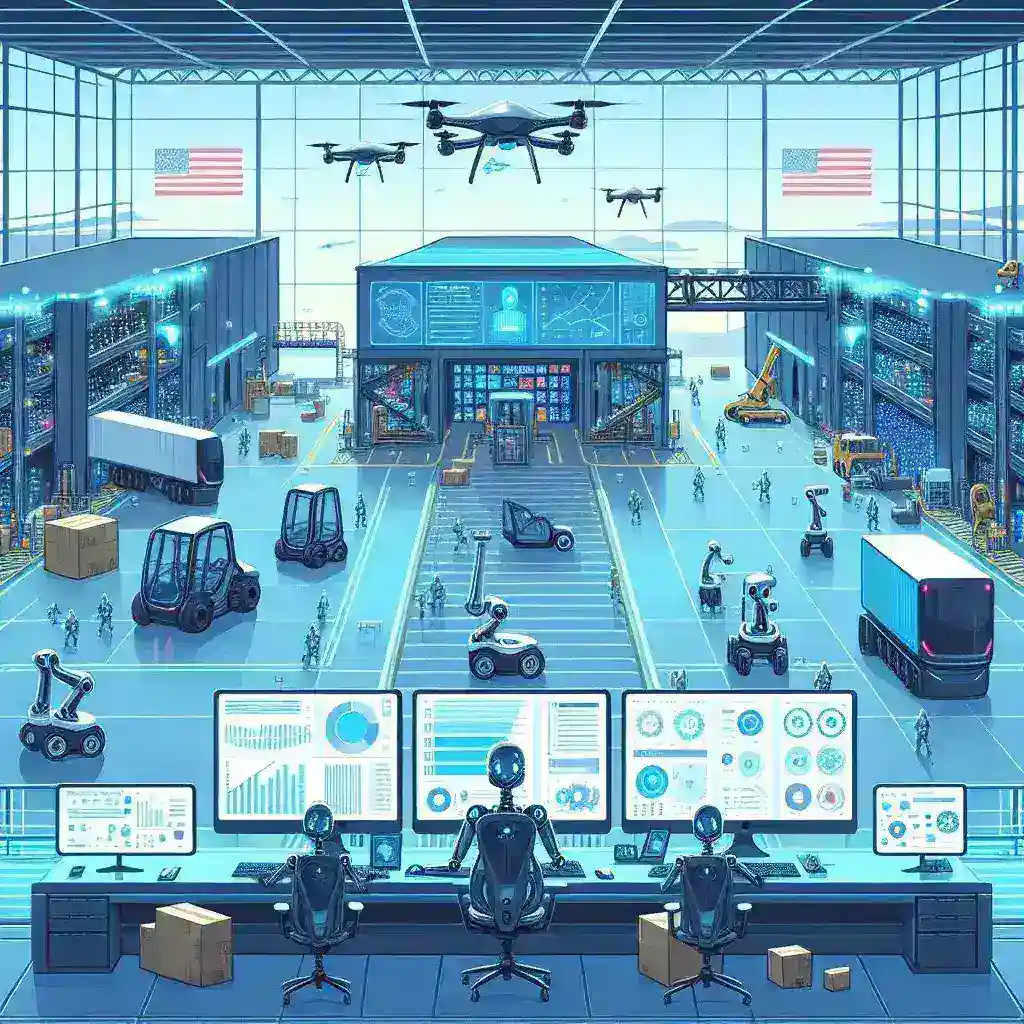Introduction
In recent years, the retail landscape has been evolving rapidly, driven by technological advancements that have reshaped the way businesses operate. Among the giants in this arena, Walmart has consistently been at the forefront of innovation. Recently, the retail behemoth has embarked on a groundbreaking initiative by piloting AI-powered cross border logistics in its U.S. operations. This article delves into the implications of this pilot program, exploring its historical context, current relevance, and future potential.
Understanding Cross Border Logistics
Cross border logistics refers to the processes involved in the transportation of goods between countries. It encompasses various challenges, including customs regulations, varying tariffs, and the need for efficient route planning. As e-commerce continues to skyrocket, the demand for effective cross border logistics solutions has never been more pressing.
The Historical Context
Historically, logistics, in general, has been a complex domain. The globalization of trade has led to increased competition, requiring companies to streamline their operations. Walmart, recognizing this trend, has invested heavily in logistics infrastructure over the decades. In the early 2000s, the company began exploring automation technologies, paving the way for today’s AI initiatives.
Current Challenges in Cross Border Logistics
- Regulatory Compliance: Navigating differing regulations across borders is a significant hurdle.
- Supply Chain Visibility: Achieving real-time tracking and transparency remains a challenge.
- Cost Management: Balancing costs while ensuring quick delivery times is crucial.
- Customer Expectations: As consumers demand faster shipping, retailers must adapt quickly.
Walmart’s AI-Powered Initiative
What Does the Pilot Entail?
The pilot program initiated by Walmart aims to integrate artificial intelligence into its cross border logistics operations. By leveraging AI, Walmart seeks to enhance real-time decision-making, improve inventory management, and optimize delivery routes. This initiative is expected to reduce costs, enhance efficiency, and ultimately provide better service to customers.
Key Features of the AI Pilot
- Predictive Analytics: Utilizing data analytics to predict demand and optimize stock levels.
- Route Optimization: AI algorithms will determine the most efficient routes for shipping.
- Real-Time Tracking: Enhancing supply chain visibility through advanced tracking technologies.
The Future of Cross Border Logistics
Potential Benefits
Implementing AI in cross border logistics has the potential to transform the industry. Some of the anticipated benefits include:
- Increased Efficiency: Streamlined operations can lead to faster delivery times and lower costs.
- Enhanced Customer Experience: Improved reliability and visibility can lead to higher customer satisfaction.
- Better Decision Making: AI can provide insights that facilitate strategic planning and execution.
Challenges Ahead
Despite the potential advantages, Walmart’s pilot program is not without challenges. Key obstacles include:
- Integration with Existing Systems: Ensuring that AI technologies mesh seamlessly with current logistics frameworks.
- Data Security: Protecting sensitive information and maintaining compliance with regulations.
- Market Competition: Other retailers may adopt similar technologies, intensifying competition.
Expert Opinions and Predictions
Industry experts have weighed in on Walmart’s initiative, highlighting its significance in the retail sector. According to logistics analyst Sarah Thompson, “Walmart’s commitment to adopting AI-driven solutions is a clear indication of where the future of retail logistics is headed. Companies that fail to embrace technology risk being left behind.”
Real-World Examples
Walmart is not the only player venturing into AI logistics. Other companies, including Amazon and Alibaba, are also making strides in this domain, showcasing the competitive landscape. For instance, Amazon has implemented AI-driven robotics in its warehouses, significantly improving operational efficiency.
Cultural Relevance and Market Impact
The implementation of AI in logistics has cultural implications as well. As consumers become more accustomed to rapid delivery and enhanced service, expectations will continue to rise. Retailers must adapt to this cultural shift or risk losing market share.
Conclusion
Walmart’s pilot program on AI-powered cross border logistics represents a significant step forward in the retail logistics landscape. As technology continues to evolve, it will be fascinating to observe how Walmart and other retailers leverage these advancements to improve their operations. The success of this initiative could very well set the standard for future logistics practices across the industry.
Final Thoughts
As Walmart champions the integration of AI into its logistics operations, the entire retail sector will be watching closely. The move not only signifies technological advancement but also a shift towards more consumer-centric approaches in logistics management. The future of Walmart’s cross border logistics may very well redefine the paradigms of efficiency and customer satisfaction in retail.

